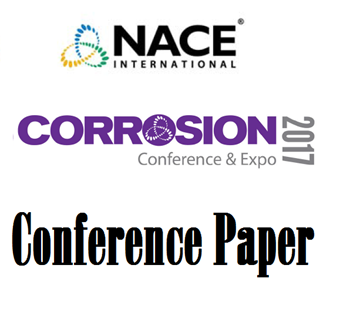Search
01497 Complexation Influenced Corrosion at Thermal Power Plants
Also Purchased
51316-7568-Corrosion Testing in Gas-Separation Station at Hellisheidi Geothermal Power Plant in Iceland
Product Number:
51316-7568-SG
ISBN:
7568 2016 CP
Publication Date:
2016
$20.00
Sustainable Corrosion Management for the Electric Power Industry
Product Number:
51317--9438-SG
ISBN:
9438 2017 CP
Publication Date:
2017
$20.00
Recently viewed




